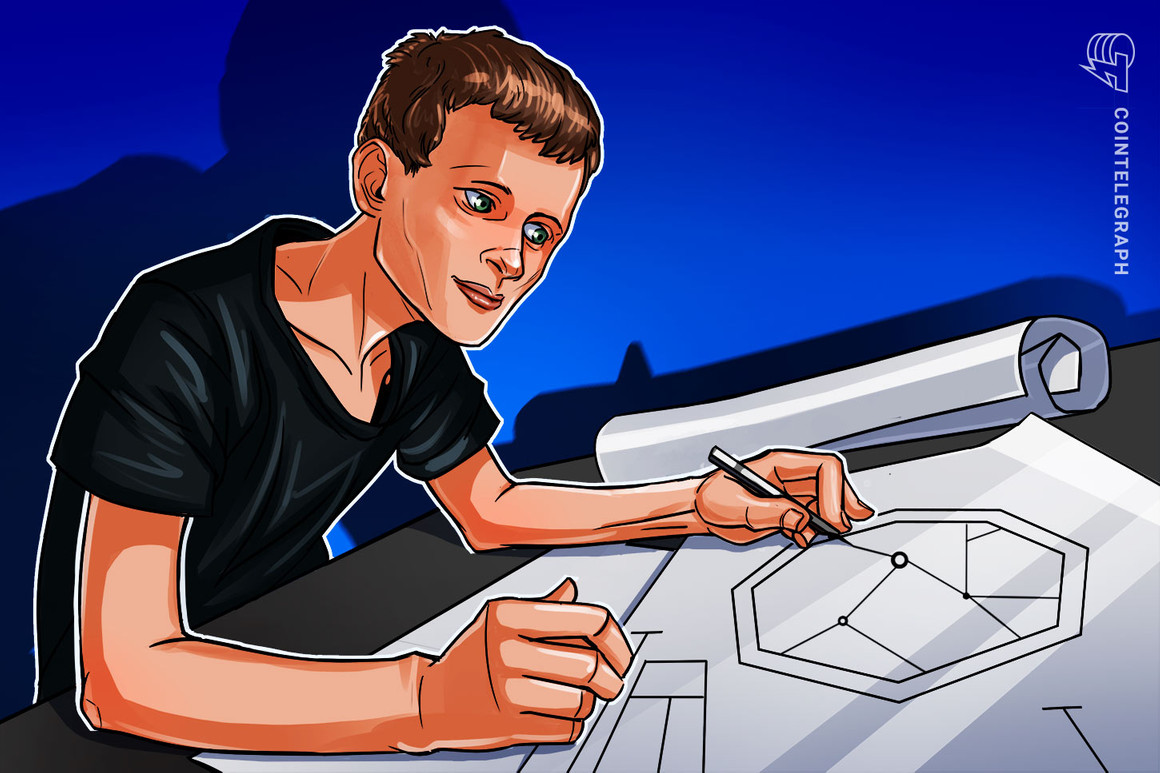Ethereum co-founder Vitalik Buterin has shared two thought experiments on how to evaluate whether an algorithmic (algo) stablecoin is sustainable.
Buterin’s comments were sparked by the multi-billion dollar losses caused by the collapse of the Terra (LUNA) ecosystem and its algo-stablecoin TerraUSD (UST).
In a May 25 blog post, Buterin noted that the increased amount of scrutiny placed on crypto and DeFi since the Terra crash is “highly welcome,” but he warned against writing off all algo-stablecoins entirely.
“What we need is not stablecoin boosterism or stablecoin doomerism, but rather a return to principles-based thinking,” he said:
“While there are plenty of automated stablecoin designs that are fundamentally flawed and doomed to collapse eventually, and plenty more that can survive theoretically but are highly risky, there are also many stablecoins that are highly robust in theory, and have survived extreme tests of crypto market conditions in practice.”
His blog focused on Reflexer’s fully Ether (ETH)-collateralized RAI stablecoin in particular, which isn’t pegged to the value of fiat currency and relies on algorithms to automatically set an interest rate to proportionally oppose price movements and incentivize users to return RAI to its target price range.
Buterin stated that it “exemplifies the pure ‘ideal type’ of a collateralized automated stablecoin” and its structure also gives users an opportunity to extract their liquidity in ETH if faith in the stablecoin crumbles significantly.
The Ethereum co-founder offered two thought experiments to determine if an algorithmic stablecoin is “truly a stable one.”
1: Can the stablecoin ‘wind down’ to zero users?
In Buterin’s view, if market activity for a stablecoin project “drops to near zero”, users should be able to extract the fair value of their liquidity out of the asset.
Buterin highlighted that UST doesn’t meet this parameter due to its structure in which LUNA, or what he calls a volume coin (volcoin), needs to maintain its price and user demand to keep its USD peg. If the opposite happens, it then almost becomes impossible to avoid a collapse of both assets.
“First, the volcoin price drops. Then, the stablecoin starts to shake. The system attempts to shore up stablecoin demand by issuing more volcoins. With confidence in the system low, there are few buyers, so the volcoin price rapidly falls. Finally, once the volcoin price is near-zero, the stablecoin too collapses.”
In contrast, as RAI is backed by ETH, Buterin argued that declining confidence in the stablecoin would not cause a negative feedback loop between the two assets, resulting in less chance of a broader collapse. While users would also still be able to exchange RAI for the ETH locked in vaults which back the stablecoin and its lending mechanism.
2: Negative interest rates option required
Buterin also feels it is vital for an algo-stablecoin to be able to implement a negative interest rate when it is tracking “a basket of assets, a consumer price index, or some arbitrarily complex formula” that grows by 20% per year.
“Obviously, there is no genuine investment that can get anywhere close to 20% returns per year, and there is definitely no genuine investment that can keep increasing its return rate by 4% per year forever. But what happens if you try?” he said.
He stated that there are only two outcomes in this instance, either the project “charges some kind of negative interest rate on holders that equilibrates to basically cancel out the USD-denominated growth rate built into the index.”
Related: Ethereum price dips below the $1.8K support as bears prepare for Friday’s $1B options expiry
Or”: “It turns into a Ponzi, giving stablecoin holders amazing returns for some time until one day it suddenly collapses with a bang.”
Buterin concluded by pointing out that just because an algo-stablecoin is able to handle the scenarios above, does not make it “safe”.
“It could still be fragile for other reasons (eg. insufficient collateral ratios), or have bugs or governance vulnerabilities. But steady-state and extreme-case soundness should always be one of the first things that we check for.”
